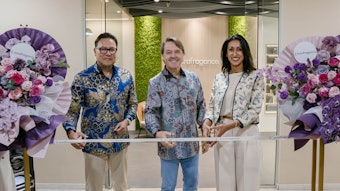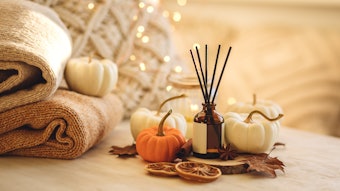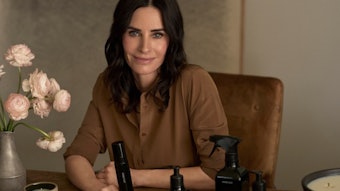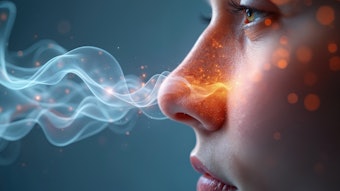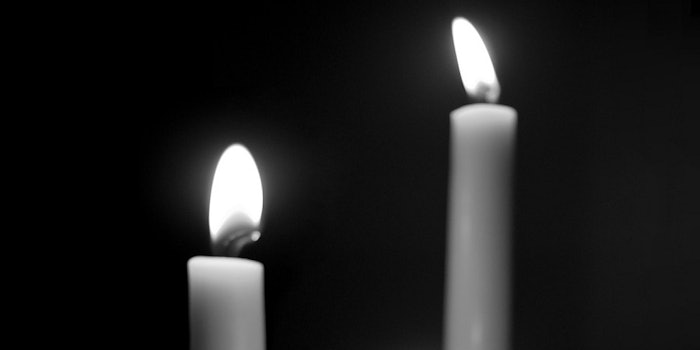
Strange, angular and more challenging candle profiles are gaining popularity across all brand tiers. This can in part be explained by niche fine fragrance culture with its promotion of luxury, exclusivity and quality through unique seldom-used accords. Without doubt, niche education programs have fostered greater appreciation for creative fragrance development methods across the board—and the work of perfumers specifically—that has raised the status of scented candles from chemical commodities to a potential form of high perfumery that happens to be suspended in wax.
That said, an alternative contributing justification for the increasing influence of avant-garde candle profiles is their surprise and delight dynamic which is explained through the experience economy. Not only do noteworthy olfactory quirks cultivate more memorable sensorial experiences but these sensorial experiences (such as a walk on the beach, hot tarmac after the rain, or forest campfires) are being progressively exploited and probed to induce nostalgia and expectancy that blurs the lines between a conventional product that you can own and an ephemeral experience you only recall through memory, elevating homes (and the individual rooms within them) into sensorially charged destinations in their own right.
Experience Economy
A 2009 market report by Kline incorrectly predicted a commercial climate very different from today’s reality. Karen Doskow, Kline’s associate project manager, stated that “the home fragrances market is well-positioned to capitalize on the fact that, for a variety of reasons, consumers are spending much more time at home. This ‘cocooning’ trend offers significant potential for home fragrance marketers to retrench and diversify in order to stay afloat —and even prosper—in the face of economic strife,” continuing that “this new phenomenon is troubling to industries, like travel and dining, that depend on consumers being out and about.”1
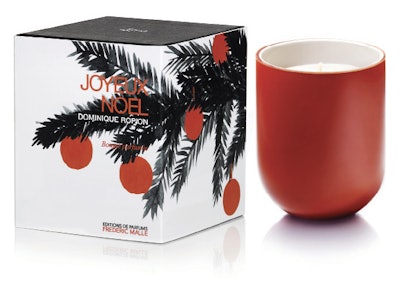
Though it may have served as sound logic at the beginning of the global recession, history shows us that products suffered over the last decade whilst experiences (predicated on “being out and about”) ended up winning, with Ikea’s global head of sustainability Steve Howard asserting in 2016 that “on a global basis, in the West we have probably hit peak stuff.”2 The Harris Group found in a recent study that more than three in four millennials would rather spend money on an experience than a physical product, with the former’s allure driven by time and space-dependent memories that prove their emotional worth and exclusive social media value over an extended timeframe, whereas the latter’s prestige has been lost through the anytime-anywhere symptom of Amazonian globalization.3
In corroboration, trend forecaster and author James Wallman suggests that “if you think about the 20th century, the big dominant value system was materialism, the belief that if we had more stuff we’d be happier … The big change to what I call experientialism is more about finding happiness and status in experiences instead.”4 This has encouraged a shift across all commercial touchpoints regardless of industry to dial up the experience factor to attract new consumers and cultivate loyalty and world of mouth. First used in a 1998 article by B. Joseph Pine II and James H. Gilmore, the term ‘experience economy’ places higher cultural value on immaterial subjective details over objective monetary worth.5
In Theory
It is within this experience-centric framework that unusual scents are thriving, grounded by the logic witnessed across the fitness, food, hospitality, film and even sex industries that expanding your range of encounters and emotions leads to expanded mental faculty and wisdom; which is adjacent to today’s mainstream social leaning for sharing and discussion as paragons of self-fulfilment. Millennials’ cultural mathematics equates the emotional surprise of unfamiliar sensory stimulation (the harder to dissect the better, such as the sense of smell) with identity-forming self-discovery – the very zest of life itself. This form of carpe diem philosophy provides a powerful justification for the potential waning of gourmand scents in the years to come that rely on home comforts and safe-zoned known experiences to satisfy desire for well-being and reassurance.
The home is arguably the prime site to pursue innovation in scent design, for two reasons. Firstly, whilst the creation process is very similar to that of fine fragrance, the important difference is that accords must be distorted to perform well through wax with both throw and hedonic, as well as the reality that it is harder to pick up olfactory details from burning candles than from perfumed skin, inspiring perfumers to think outside the triangle. Givaudan junior perfumer, Roxanne Kirkpatrick compares “candles to ceiling frescoes. When painting on a ceiling, the painter must exaggerate certain aspects of the subject in order to portray the desired image, which would look strange on a traditional canvas. When creating for a candle, the medium is also different. We push certain notes in order to create the desired effect in the air, which smells rougher and less refined in traditional fragrance but excellent in the wax.”
Secondly, the task of synergizing a scent with an environment rather than with a person arguably presents more and larger opportunities to showcase smells from life (be it nature, the city, or the domesticity) that don’t follow top, mid and base notes and don’t have traditional perfume architecture designed to smell pretty. The primary aspiration for fine fragrance is to create motivation and inclination for you and those around you to engage in targeted emotional narratives as a result of your mutual olfactory experience in close proximity – scent as an agent of identity fantasy and interpersonal action.
The function of ambient scenting shifts the focus on creating environments which encourage the enactment of narratives from communal olfactory experiences that embellish or disorientate the thematic possibilities of your space in contrast or reassurance of the room’s stereotypical function – scent as an agent of atmospheric fantasy and communal action. Personal perfume is so often used to elicit sensual desire and beauty from sensually constructed scent profiles, whereas ambient perfumery and its creation of evocative atmospheres is humbler and contemplative, stimulating moments of reflection and conviviality that are not always linked with beauty.
In Practice
The home is functioning as more of a hub than ever before, with almost any type of service or experience able to be ordered right to your doorstep, any time of the day. Significantly catalyzed by social media, global beauty industry analyst for The NPD Group Karen Grant thinks that “today, consumers are expanding their scent engagement from being primarily a singular, personal encounter to also being a shared experience in their home.”6 This has allowed for more open acceptance of strange scents in the home to generate intrigue and prestige. Kirkpatrick continued by offering that “consumers may be more willing to purchase candles with a niche olfactive profile because the scent is experienced, not worn. Eccentric olfactive profiles can be explored this way —in the privacy of the home — where it doesn’t make the kind of personal statement that a worn fragrance might. In that sense … brands might capitalize on the intrigue of bolder scent profiles presented more as a novelty than a personal statement."
Some luxury candle brands have been slow to adopt, most likely to avoid losing sales given the high cost of production. Instead, these brands are focusing on luxe packaging and expensive oils to justify high price tags and structuring home scents as conventional replicas of what is on offer on the fine perfumery market (Gucci, Roja Parfums, Fornasetti). It is within a cohort of mid to low price point scent brands that we see most of the innovation taking place, releasing daring profiles in their candles in comparison to safer fine personal fragrances overall, with accents and imbalances that would never pass as scents for the skin due to their startling and singular effects:
L’Artisan Parfumeur
- L’Hiver (earthy and piney geosmin)
- Le Printemps (spicy and green anise)
- Sous La Glycine (bracing wisteria)
Bath & Body Works
- Coconut Basmati
- Root Beer Float
- Watermelon Lemonade
Boy Smells
- Coin (rusty metal)
- Cedar Stack (dry sawdust)
- June’s (a daffodil anise)
Cire Trudon
- Balmoral (wet ferns)
- Carmélite (old mossy walls)
- Ernesto (roasted leather)
Editions de Parfums Frédéric Malle
- Chez Monsieur (damp woods)
- Joyeux Noël (tangy green pine)
- Marius & Jeannette (absinthe)
Jo Malone London
- Green Tomato Leaf
- Sweet Almond & Macaron
Yankee Candle
- Off The Grill
- Mmm, Bacon!
- Turkey & Stuffing
The booming experience economy may push consumer tastes into weirder and more experimental olfactory territories in the years to come, which is likely to come into fruition in mainstream ambient scenting before mainstream fine fragrance. Brands wanting to stay ahead of the curve should closely track changes in millennial interaction with hospitality and social media to forecast when and how avant-garde they can be to inspire the next generation of consumers with experience-first fragrances.


